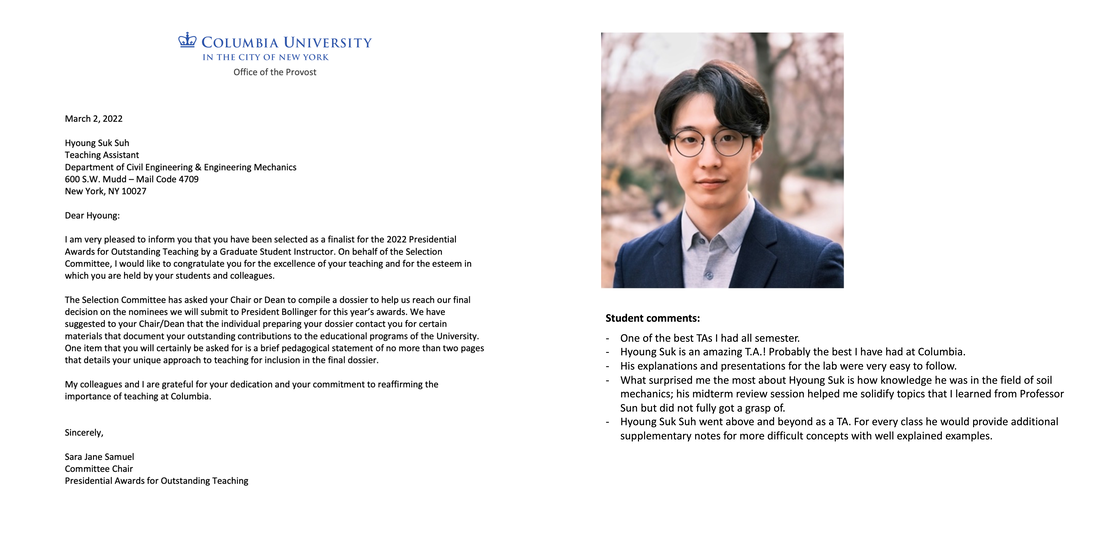|
1 Comment
While there are many neural network constitutive laws published, there are relatively little work on focusing on the validation against the physical constraints to make the predictions admissible. In this work, we train the neural network with multiple steps where it first fits the data, then corrections are made through transfer learning to introduce additional physical constraints, such as material frame indifference, material symmetry, as well as checking the ellipticity, growth conditions, stability and uniqueness (through examining the acoustic tensor). Another interesting point is that we are using the gradient and the Hessian data to back calculate the underlying scalar elasticity functional. The neural network model is used to predict the responses of a monoclinic organic molecular crystal, beta-HMX inferred from MD simulations. Accuracy of the blind predictions are tested in the parametric space. Preprint manuscript available at [URL]. |
Group NewsNews about Computational Poromechanics lab at Columbia University. Categories
All
Archives
July 2023
|


 RSS Feed
RSS Feed